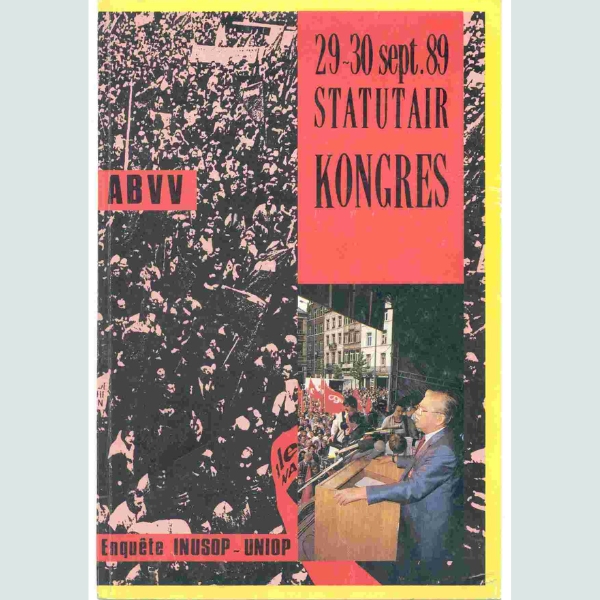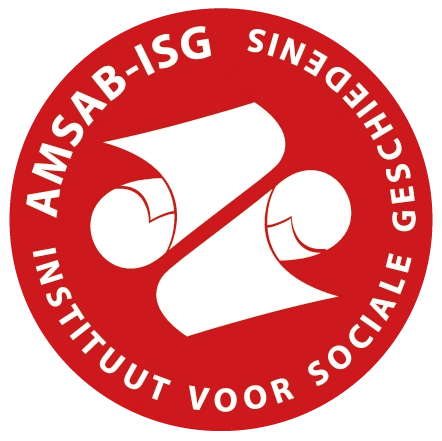Het ABVV ontstond uit de samensmelting van het oude Belgische Vakverbond (BVV) en de tijdens de Tweede Wereldoorlog ontstane vakverenigingen: de Mouvement Syndical Unifié (MSU), het Belgisch Verbond der Eenheidssyndicaten (BVES) en het Algemeen Syndicaat der Openbare Diensten (ASOD). In april 1945 werd de samensmelting bekrachtigd door het Fusiecongres, en vanaf december begon het ABVV met het opstellen van activiteitenverslagen, die vervolgens ter goedkeuring werden voorgelegd aan het Congres (het hoogste nationale bestuursorgaan). In de periode 1945-1968 droegen de verslagen de naam Moreel en Administratief Verslag, een term die de lading goed dekte. De verslagen groeiden uit van brochures van een vijftigtal pagina's tot vuistdikke verslagboeken van vijfhonderd tot duizend pagina's. Inhoudelijk ging er veel aandacht naar het puur administratieve. Zo bevatten de verslagboeken lijsten van overleden medewerkers, overzichten, beknopte samenvattingen en aanwezigheidslijsten van vergaderingen en korte besprekingen van de congressen. In het morele deel werden overzichten gegeven van de binnenlandse en buitenlandse problemen, de standpunten en eisen die het ABVV daarbij formuleerde en de resultaten die geboekt werden. In 1972 veranderde de aard van de verslagen grondig. Het morele of politieke gedeelte werd steeds belangrijker. De verslagen berichtten meer over de economische situatie in binnen- en buitenland, en over de standpunten en acties van het ABVV. De verslagboeken heetten nu Aktiviteitsverslag, en waren nog maar zelden dikker dan driehonderd bladzijden. In 1997 werd dat Werkingsverslag, administratieve informatie was er tegen dan niet meer in te vinden. De activiteitenverslagen werden opgesteld naar aanleiding van het statutair congres dat gemiddeld om de drie jaar werd samengeroepen. De verslagen handelden dan meestal over het jaar van het vorige congres en de twee daaropvolgende jaren. In de periode 1945-1997 werd het statutair congres zeventien keer bijeengeroepen. De reeks werkingsverslagen is compleet en is doorzoekbaar gemaakt door middel van OCR.
Statutaire congresverslagen ABVV








